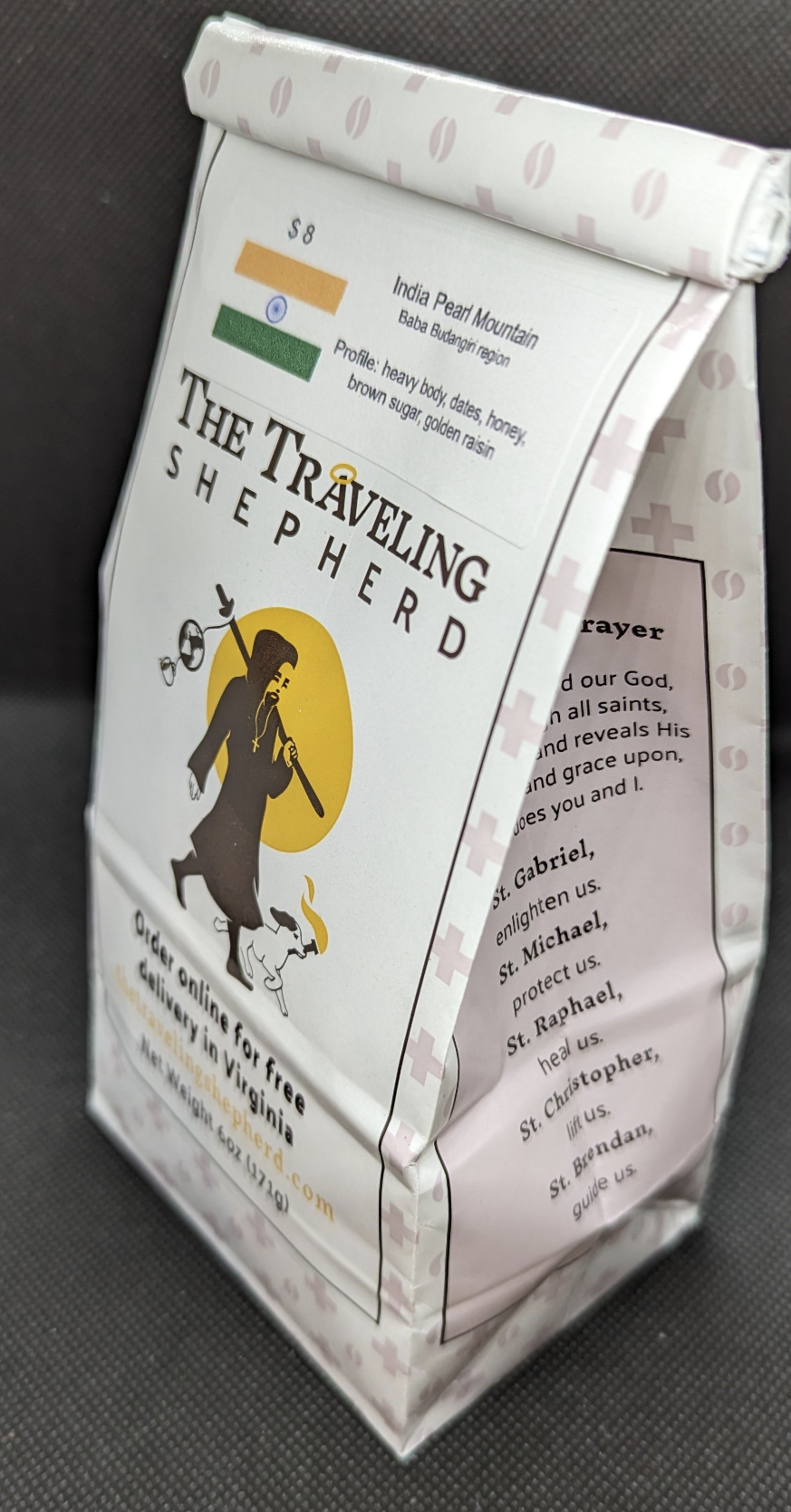India Part 2
It’s been a while since I wrote about a country of coffee, and due to different encouragement I felt it’s only right to get back to writing a little something about each coffee producing country now that I am at 53 and soon to be 54 countries that I will have roasted from. That’s another blog for another time. Today I want to talk about India. This country will be a double blog. It’s also the first country I’ve written about twice due to the evolution of my experience with the culture. Double portion blogging! First I’d like to share how the country began growing. Second how I finally gave into making what is called “filter coffee” of South India.
India has a fun coffee beginning. As many know, coffee was discovered circa 1100 in Ethiopia, however it was the Yemeni people who figured out how to brew it. I literally just read and learned the word coffee comes from the arabic word qahwa(h), which is a corruption of the word meaning stimulant or wine. This would explain why it was considered the wine of Islam for some time. Initially Catholics, only one of 2 Christian identities in existence at the time (the other is Orthodox), wouldn’t consume it due to these properties. Yemen monopolized the trade, and it was illegal to take coffee out of the country. However one day a Muslim monk named Baba Badan was on his way back to India from hajj when he experienced this Red Sea drink. He would take 7 of these coffee cherries home in his belt, and from there coffee began to grow in southern India.
One of the more popular coffees produced as I mention in my previous blog is Monsoon Malabar. This was a favorite of mine, until I found coffee grown in Baba Badan giri, Indian Pearl Mountain coffee. I couldn’t say no, as a man of tradition, to a coffee from a region dedicated to the monk who brought the tradition of coffee to India. It’s been a big hit ever since. India has further evolved in my business as well, since my wife started working for TATA, which is the largest employer in India. When I discovered my first bag of India I bought was marked from a TATA farm, I came to the conclusion I would finally make my 12th brewing tradition of coffee, from India.
I was reluctant to get into this coffee due to chicory in it, because in America, during the civil war, it was a way of blending the coffee to make it last since supplies were limited in the south. I have never blended my coffee since this is the reputation of blends, taking cheap coffee and mixing it with good coffee for a profit often. The only blend I gave into, was my Italian espresso blend, simply because it was tradition. Initially I began that blend with Indian arabica and robusta.
As I began to experiment with South Indian coffee, I saw there was an appreciation for it. The Indians I would test it on, always enjoyed it, however they would say “the milk needs to be hot!” I took that seriously and bought a couple of milk frothing pitchers. From there it gained popularity during the winter and it was truly another unique hit and tradition most coffee companies do not produce. As the weather cools this coffee will make it’s way back into the routine. If you like a very strong and rich tasting cup, this will be a special experience.
Full disclosure, I don’t use the metal filters, because these things take 10 minutes to brew with and people don’t want to linger too much on a work morning. I have figured out a way to mimic the taste through my pour over methods. In the end the key is chicory, coffee, hot milk, and sugar if you like it.

